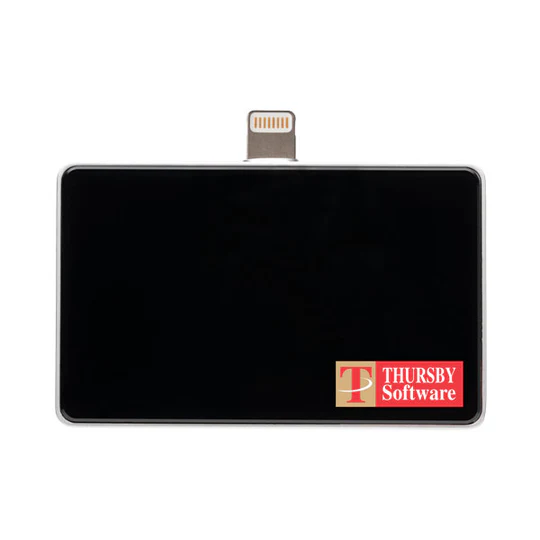Differences between Military ID Cards
Military ID cards serve as crucial identification and access tools for members of the armed forces. They designate and authenticate military personnel, including active duty, reserves, retirees, and dependents. While the cards may seem similar at first glance, there are key distinctions among them based on status, entitlements, and benefits.
Common Access Card (CAC)
The Common Access Card (CAC) is issued to active-duty service members, reserve members, National Guard members, DoD civilian employees, and some contractors. It functions as the primary identification card for these groups.
- Appearance: The CAC features a white background with the cardholder’s photo on the left side. It includes a chip for accessing secure information systems.
- Functionality: Aside from being an ID, it is used to access computer networks, secure buildings, and other controlled areas.
- Valid Period: Typically valid for three years, or until the cardholder’s service or employment status changes.
Uniformed Services ID Card (USID)
The Uniformed Services ID Card (USID) comes in several varieties, tailored to different categories of individuals like retirees, dependents, and former military members. These cards serve to prove eligibility for certain military services and benefits.
- Retiree ID: Issued to retired service members. It grants access to military facilities and services, and it signifies pension benefit eligibility.
- Dependent ID: Issued to spouses and children of service members. Allows access to commissaries, exchanges, and certain facilities.
- Former Member ID: Issued to individuals who served but did not retire from military service. It provides limited privileges compared to retiree IDs.
- Appearance: The USID cards vary in color. Active-duty and reserve family members often have a tan card, while retirees have a blue ID card.
Transition Assistance Management Program (TAMP) ID
The TAMP ID card is given to individuals transitioning from active duty to civilian life. It’s crucial for accessing transitional benefits.
- Eligibility: Available to service members and their families transitioning out of the military.
- Benefits: Allows temporary access to military health care services and other transitional benefits.
- Duration: Typically valid for 180 days post-separation.
Reserve Component Member ID
These IDs are issued to Reserve and National Guard members who are not on active duty. It indicates their association with the military while they continue civilian careers.
- Part-time Service: Indicates part-time service status. Members often balance military duty with civilian jobs.
- Features: Similar to the CAC but denotes reserve status.
- Access: Provides access to certain military bases, training facilities, and benefits.
Geneva Conventions ID
This ID card identifies individuals covered under the Geneva Conventions, including service members on active duty, reservists, and certain healthcare providers.
- International Law: Complies with the Geneva Conventions for the protection of war victims.
- Identification: Facilitates identification of military personnel in international conflict situations.
Retiree Dependent ID
Issued to dependents of retired military members, this ID card is significant for continued access to benefits.
- Spouses: Spouses of military retirees receive these cards to access healthcare, commissaries, and other facilities.
- Children: Dependent children are eligible for these IDs until a certain age, normally 21, or 23 if they are full-time students.
The Real ID Act Implications
The Real ID Act has implications for military IDs. It requires all federal IDs, including military ones, to meet certain security standards. As a result, newer military ID cards are designed to be compliant with these standards, affecting their issuance and renewal process.
- Enhanced Security: New military IDs include more robust security features.
- Implementation: Over time, all military IDs will be upgraded to comply with the Real ID Act.
Temporary ID Cards
Temporary ID cards can also be issued under specific circumstances. These are provisional and often issued when permanent cards are being processed or when a service member is on temporary duty.
- Provisional Use: Used for short-term requirements
- Validity: Typically expire within a few months
“`




